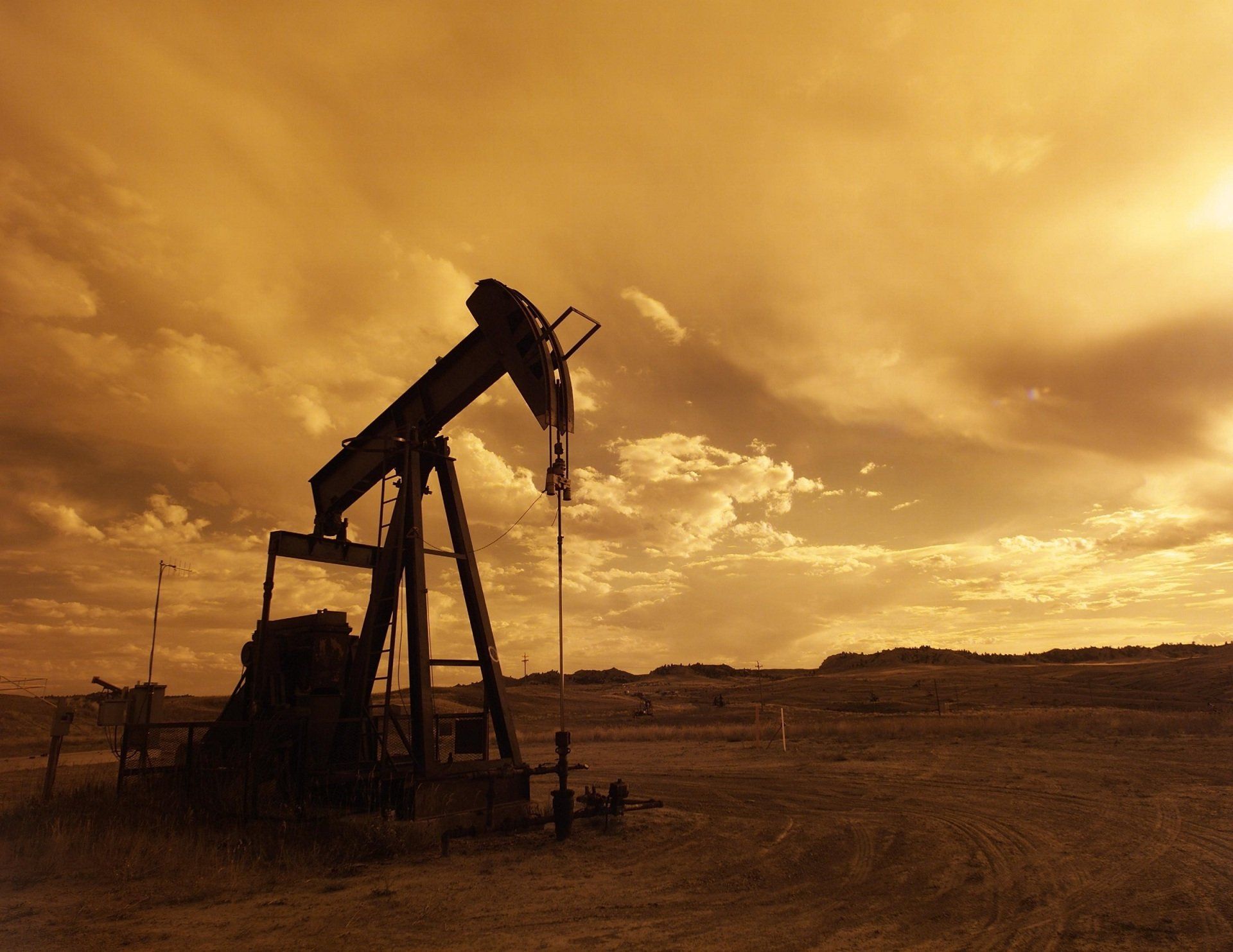By Dirk Todd
•
January 5, 2024
2023 was a rather benign year in the oil and gas markets in regard to commodity prices. Unlike 2022 where there was a lot of volatility with prices going above $100 a barrel (bbl) in crude oil and natural gas hitting decade highs, this past year saw fairly steady prices for crude oil at a range of $70-$79 bbl and natural gas fall back to the low averages we saw in the 2010’s of $2.00-$3.00 mcf range. This led to relatively consistent returns for royalty owners, albeit lower than 2022. So why were the markets relatively tempered? Crude oil and natural gas have very different uses and thus different variables that affect them so we will look at these separately. However, in spite of the short-term issues in the various markets there is one variable that remains a constant for both and that is the demand for hydrocarbons remains high and is increasing not decreasing. No matter what the green energy movement tells the world, hydrocarbons are now and will continue to be the important driver of modern societies into the coming decades. Crude oil exists in the worldwide market. We rediscovered in the past couple of years that this market is still influenced to a large degree by OPEC, largely Saudi Arabia. While the cartel can’t completely control crude oil prices, the Saudis have shown they can still strongly influence markets when they feel the need to. The production cuts they implemented recently showed the market that this move can provide a floor for prices which is what occurred throughout 2023. The Saudi production cuts were able to keep prices from falling below the $70’s bbl range at times during the year when demand temporarily weakened and/or excess supply flooded the markets. The Saudi’s move to keep crude oil prices relatively high were challenged by the Biden administration who released of a good chunk of the U.S. Strategic Petroleum Reserve into the market in the past couple years which brought on more supply than demand at the time thus putting downward pressure on prices. On the production side, and despite the administration’s war on fossil fuels, U.S. producers pushed production to an all-time high of 13.2 million barrels a day in the fall of 2023. U.S. Producers outperformed expectations in spite of the administrations numerous obstacles. One reason for the increase in production came from operators bringing on an unusually large number of DUC wells (drilled but uncompleted) which they had been sitting on since COVID. The DUC inventory, however, has fallen significantly and will not likely influence U.S. crude oil production as much in 2024 and beyond. Natural gas is a commodity affected mostly by domestic market factors, although it is rapidly moving into a worldwide commodity. Overseas, the war in Ukraine drove prices up in 2022 as the Russian supply was cut from Europe and supply needed to be replaced from other foreign markets. The U.S. was able to help fill that gap with Liquified Natural Gas (LNG) exports but reached capacity very quickly. However, a warm winter across the pond eventually alleviated supply concerns (temporarily) and lowered the stress on those governments who previously relied heavily on Russian gas. In the U.S. a warm winter and record natural gas production last year drove up inventory and down prices which we still see in play today. This winter season has again started off warmer than normal and inventories are at a 5 year high. Weather, one way or the other, still drives pricing as supply outpaces consumption. That will soon change as LNG demand rises and U.S. LNG export capacity increases in the next few years. In the Green Energy world, COP28 convened in the UAE in November. Member nations pledged to restricted standards of CO2 admissions while completely ignoring the elephant in the room (China & India). However, nobody believes these standards will be met or taken seriously for that matter. Wind energy continues to fail massively, solar is not close to being cost effective, and coal is not going anywhere any time soon. Global demand for hydrocarbons continues to rise and it’s hard to see that changing anytime soon. The world needs more energy, not less. So where do we go moving forward. Since most agree, including the IEA and the EIA, that demand will grow over at least the next couple decades for hydrocarbons, the question is where will it come from? For crude oil, in the U.S. the best Tier 1 Inventory appears to be in decline including in the Permian Basin which is almost half of the country’s production. This means that unless there is something akin to the shale revolution, overall crude oil production in North America will likely be tapering off or slowly declining in the not-too-distant future. Costs for operators have risen during this inflationary period. The Dallas fed survey showed that the average breakeven for U.S. producers is $62 bbl and rising with a real inflationary rate of ~10% annually. Major operators continue to consolidate with a handful of large mergers and acquisitions in 2023, and more teed up and anticipated in 2024. Drillable inventory in the U.S. is rapidly moving into the grip of a handful of companies. As large public operators consolidate, companies involved explain that they are in no hurry to increase production in a big way but rather take their time and effectively drill their inventory, reduce debt, improve their balance sheets, and keep cash flowing their businesses. It doesn’t signal a drilling boom is happening any time soon. For Natural Gas, The European and Asian markets are still operating with a thin spread between supply and demand. Any hiccups may cause some serious shocks to markets over there. Domestically, the U.S. produced an average of 126.3 Bcf/d of natural gas in October, the highest monthly average recorded since the U.S. Energy Information Administration began keeping records in 1980. The new high mark followed trends over the last year. Going back to October 2022, production records for nat. gas were set in five of the 12 months leading up to October 2023, including a new high average of 125.5 Bcf/d in September 2023. Recently, however, natural gas operators have been laying down drilling rigs and cutting back on new wells so lower production is expected. Going forward, LNG export capacity is what will have the greatest impact on the market. The U.S. is currently capped at about 11.4 Bcf/d, according to the EIA, even as demand for LNG in Europe and Asia remains strong. New facilities opening in 2025 along the Gulf Coast, such as the Golden Pass in Port Arthur, Texas, and Plaquemines in Louisiana, are expected to more than double LNG export capacity by 2027. It’s hard to know exactly what 2024 will hold, but baring any dramatic event affecting either market it looks like crude oil demand will rise slightly causing prices to float around the pricing levels of 2023, $70 -$80 bbl. Natural gas demand will be constrained due to the 2 nd year in a row of warmer than normal temperatures and limited LNG takeaway capacity. However, moving into 2025, supply constraints should affect the crude oil markets and drive prices higher, while LNG export capacity increases in the U.S. moving natural gas prices higher. Investors should note that 2024 will likely be a very good year to acquire energy assets. Consumers on the other hand, should enjoy low commodity prices while we have them because it doesn’t look like they will last long.The body content of your post goes here. To edit this text, click on it and delete this default text and start typing your own or paste your own from a different source.



